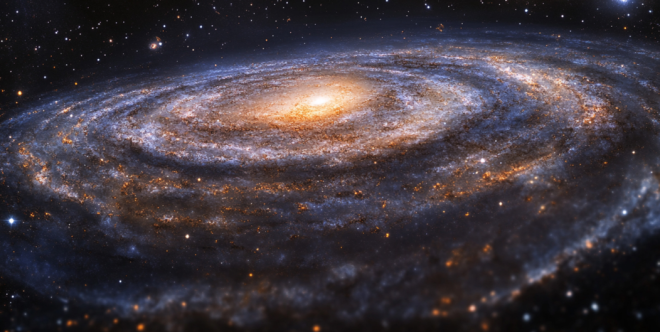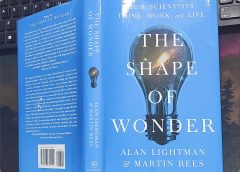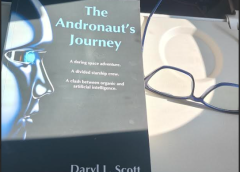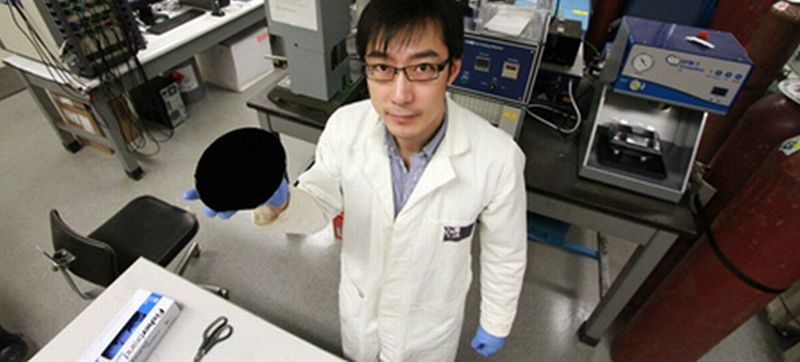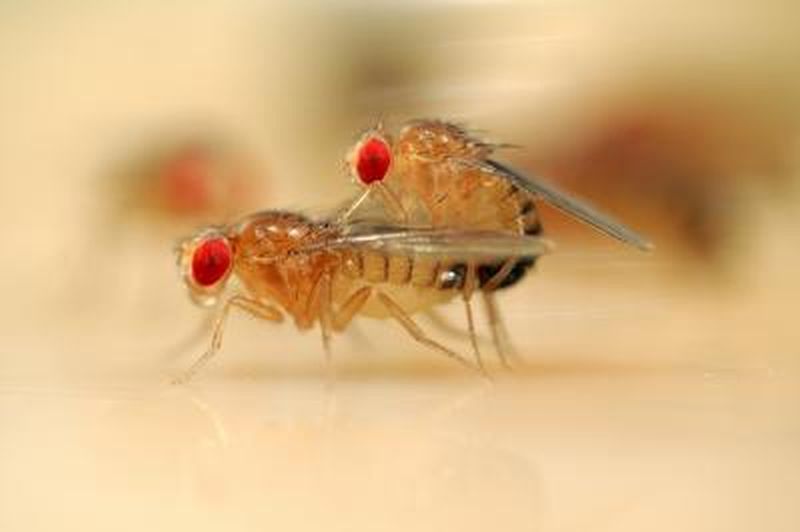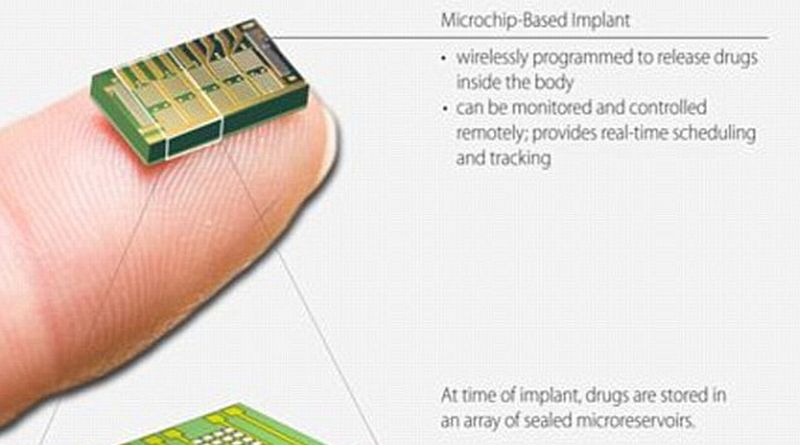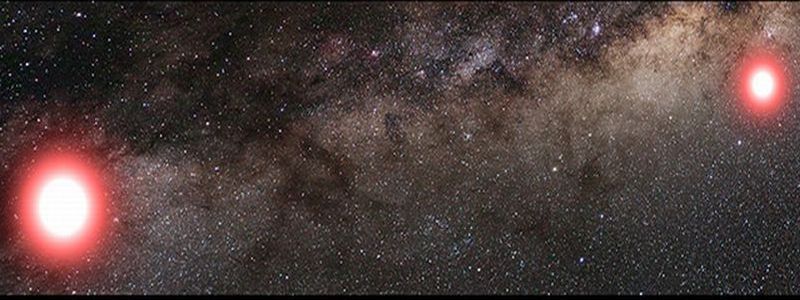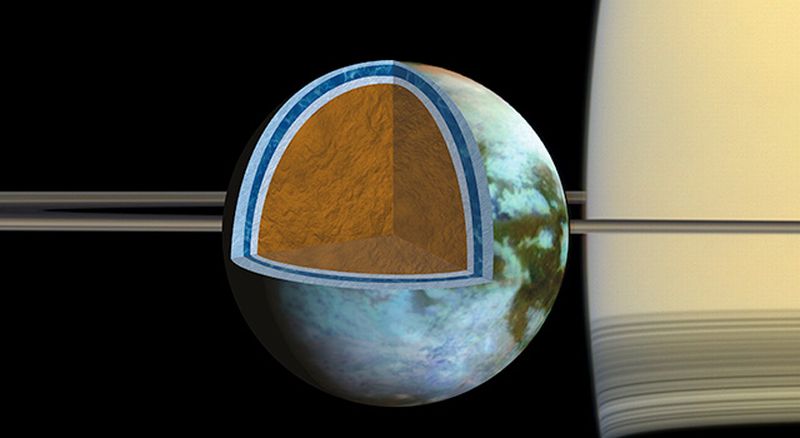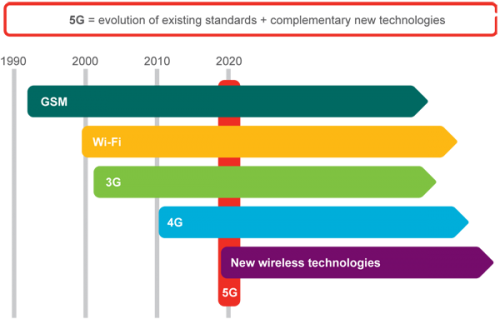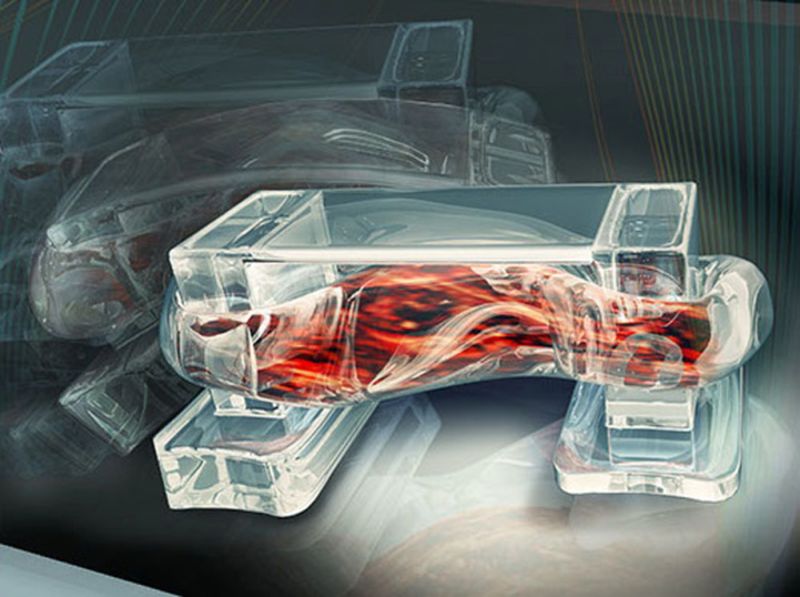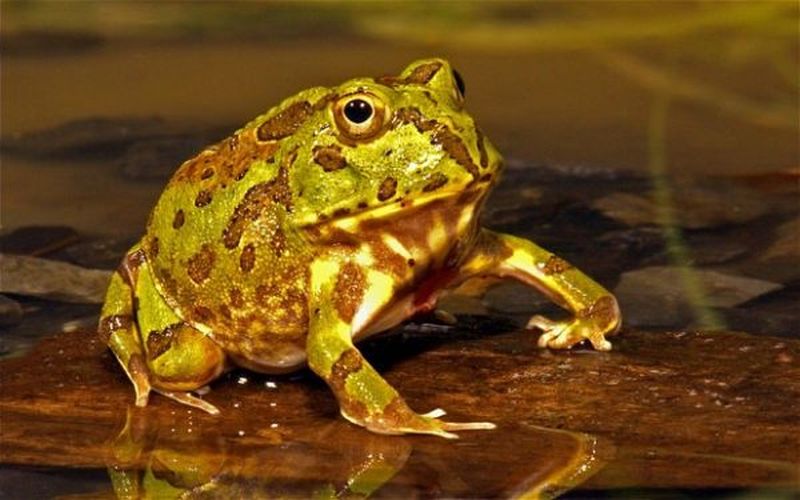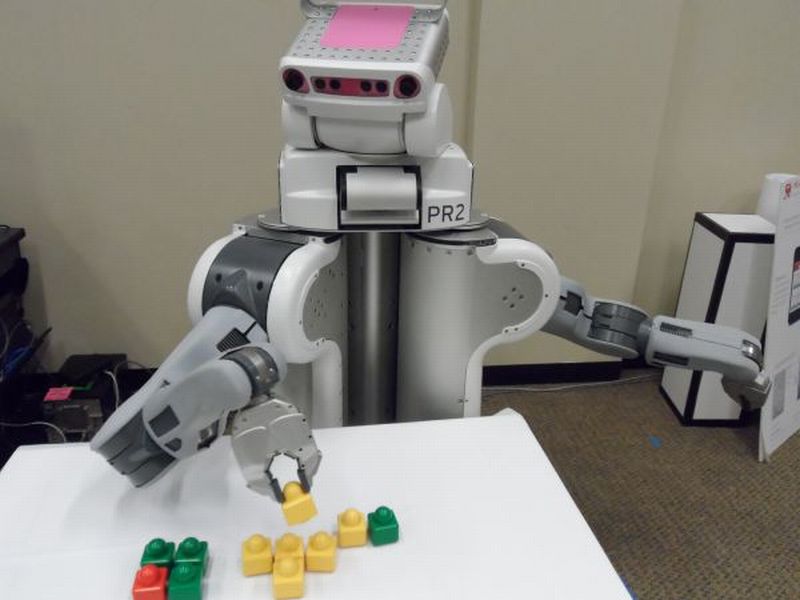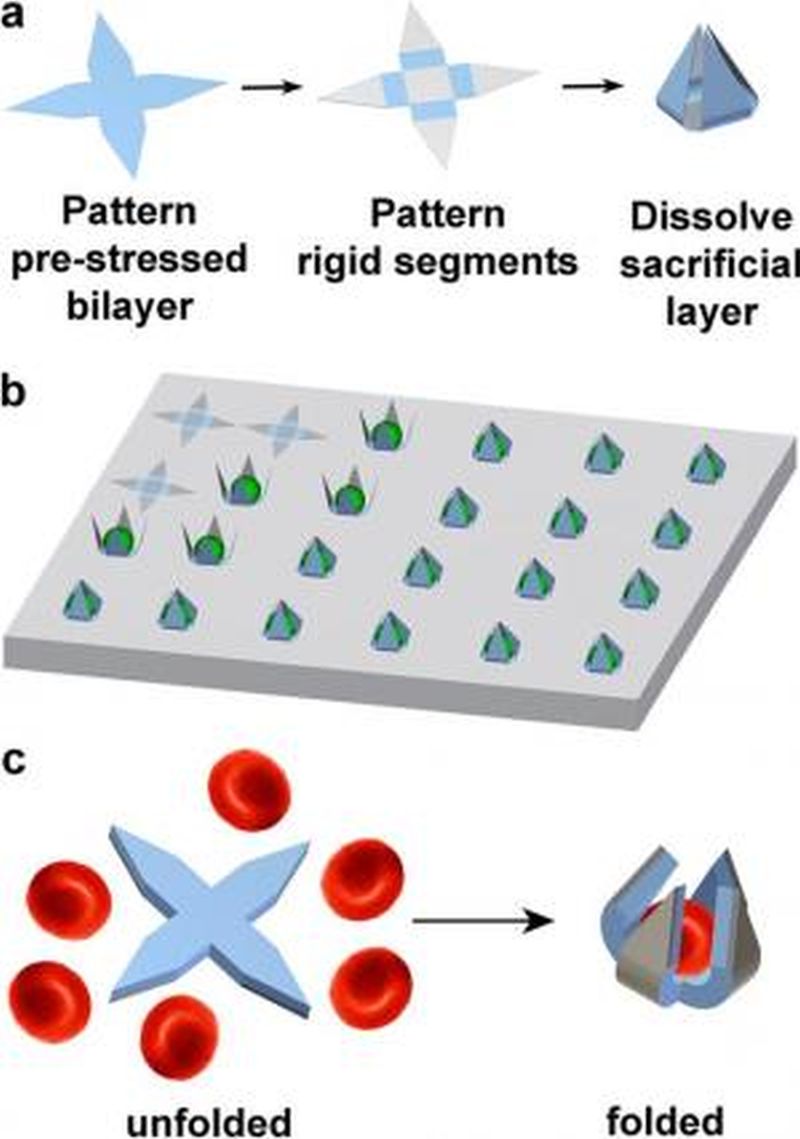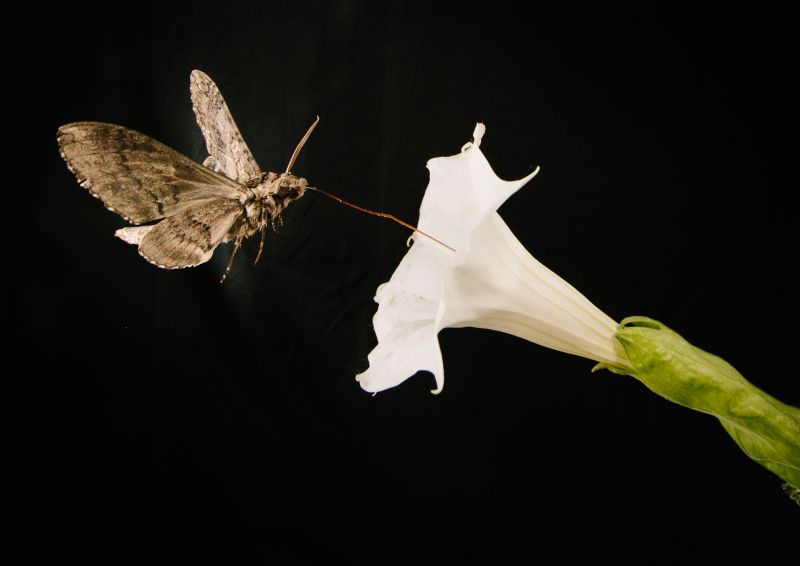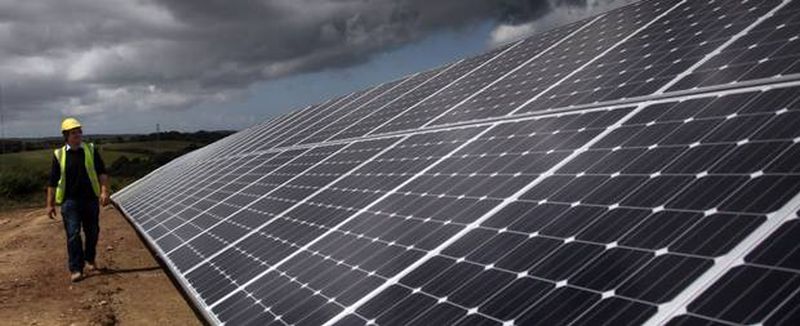The University of Alberta experts have fabricated next gen batteries from carbon nanomaterials. This novel product is standing tall in front of conventional lithium-ion batteries where the former is efficient enough to charge faster and happens to lasts longer relatively. The electrochemistry technology As per Xinwei Cui, one of the lead researchers, they have worked upon an innovative approach towards electrochemistry technology consequent upon which, they it was able to yield higher energy density and power. The team has worked along a mechanism called the induced fluorination, a new concept…
Read MoreNeuroendocrine System influences Sexual Behavior: Disclosed Fruit Flies
Researchers are trying to unlock the mysteries of the brain that makes an individual to select a potential mate and study how these processes of selection differ in male than that of the female. The topic sounds interesting, however, studying humans for the purpose is rather difficult and so researchers are studying fruit flies to understand different events during courtship that might be apropos to humans and other creatures as well.
Read MoreContraceptive Implant with Remote Control: Women Conceiving with a Push of Button
Last month we witnessed MagnetoSperm microrobots for the nanoworld and now research scholars at MIT lab have devised a technology oriented birth control drug delivery system, which can be controlled from the outside. The 20 x 20 x 7 millimeters devise is supposed to be implanted inside the skin somewhere around buttocks, abdomen or upper arm. The mechanism Single implant will last for about 16 years with 30mg of levonorgestrel doling out per day. Levonorgestrel is the same hormone that is used in most of the over the counter contraceptives.…
Read MoreFrozen Steller Twins Discovered: Orbits in Binary Star System
Lately a binary star system has attracted attention of many space scientists. This binary system consists of twin stars, mutually orbiting around a common center of mass. Situated around 3,000 light years away from Earth, astronomers’ expecting that it could shed some information regarding similar Earth like bodies floating in space. The planet weighs twice that of the Earth and orbits, in binary system, one star. Distance between the two corresponds to the distance between the Earth and the Sun. However, unlike the Sun, the planet’s host star is dimmer…
Read MoreTitan’s Ice Shell overlies Salty Ocean: As Salty as Earth’s Dead Sea
NASA’s Cassini mission has given strong confirmation regarding the saltiness of Titan, the largest moon of Saturn. Space scientists have even compared the salt content with Earth’s Dead Sea. The result corresponds to 10 years observation, where Cassini was busy accumulating the gravitational and topographical data. Researchers organized this information and developed a model based on Titan’s structure. This resulted in gaining better insights of the moon’s exterior ice shell.
Read MoreEricsson 5G delivers 5 Gbps speeds: Connectivity across Telephony to Applications
Unlike any international tech event, this year at the Mobile World Congress in Barcelona people showed an intensive interest on the use of 5G networks. As expected, the 5G network would be offering exponential gains over its predecessor 4G in terms of the two main things, speed and capacity. Anyhow, 2020 is the anticipated year for the implementation of the 5G networks however lately, Ericsson, the Stockholm-based communications technology and services company has demonstrated the pre-standard 5G network technology by displaying its ability of achieving 5 gbps speed.
Read MoreGenes Too Influences Will Power: Low Warrior Gene means Poor Self-control
To achieve a goal in life or to live in a society, humans have to exercise will power, to avoid negative thoughts and temptations that can drag them to a wrong direction. Will power is one of the human strength, which like a muscle can be exercised, but genes can also influence it.
Read MoreSkeletal Muscle Cell Powered Bio-Bots: Micro-Bots controlled by an Electric Field
Inspired from living organisms, researchers try to create robots that can simulate living creatures mechanically or chemically. This field of science is named as Biorobotics. A team of researchers at the University of Illinois at Urbana-Campaign has made a miniature walking bio-bots that derive its power from living muscle cells. And their movement can be regulated externally using electrical pulses.
Read MoreFrog could assist Astronomers in Space Mission: Maintaining Muscles under Zero Gravity
Often researchers have studied animals to seek answers to certain queries. This time again, researchers are studying a tiny hibernating frog that would help astronomers in their future space mission. Space travel has several short and long term impacts on the health of astronomers. Researchers are specifically studying Cyclorana alboguttata, a green striped burrowing frog that hibernate for several months without experiencing any muscle wastage.
Read MoreOnline Interactive Visualizations: New Learning Tool for Robots
Researchers at the University of Washington have come up with an approach where robots would be working or learning new skills via collaborating working by shooting a set of query to a larger online community. Rajesh Rao one of the lead scientist asserted that they are taking the one to one interaction to the next stage where the machine would be asking help from the whole world in case it happen to stuck at some problem or a puzzle. Until now, robots could only acquire learning through imitating humans, which…
Read MoreSelf-folding Gripper for Capturing Single Cells: Wafer Fabricated for Cellular Analysis
Human body is composed of different biological cells. Each cell is unique. Research shows that a sample of biopsied tumor consists of various distinct cells. These cells differ in their rate of proliferation, responsiveness to drugs, potential metastasis and so on. Therefore, it is essential for researchers to understand the behavior of individual cells and then accordingly design therapy and treatments, for which seizing individual cell is very important.
Read MoreInterview: David Henrichs, Co-Founder at DH Product Design in Germany
David Henrichs is a German designer whose design philosophy is very well depicted in all his works – beauty combined with sustainability. He lives and works in London, Munich and Berlin. His work demonstrates a combination of geometric and natural forms. His designs not only are simple to look at but also run on futuristic lines and colors. Very deftly, he is able to fuse fashion in his unique collection, which does not override the aesthetics of his products. There’s more to this creative individual, we are pleased to offer…
Read MoreAspirin an Antidote for Pancreatic Cancer: Anti-inflammatory Properties might Reduce the Risk
According to a research conducted by Yale Cancer Center and Yale School of Public Health, regular consumption of aspirin can almost cut half an individual’s risk of developing pancreatic cancer. Researchers found that individuals, who took low dose aspirin for years, had reduced chances of being diagnosed with pancreatic cancer.
Read MorePollution Deter Insects from Pollination: Mask Flower’s Scent
According to a latest research, pollution and other odors causes hindrance for insects in search of flowers to feed on. In a joint study, researchers from the University of Arizona and University of Washington studied tobacco hornworm moths (Manduca sexta) while they searched and interacted with flowers. The moth likes to feed on nectar from the plants like the Sacred Datura, which usually are seen growing hundreds of meters apart. Therefore, the moth uses its sense of smell to locate flowers. Researchers observed that the moth could locate the scent…
Read MoreSolar Cells to replace Toxic Cadmium Chloride: Promises Clean Energy
Energy Industry around the world is constantly evolving in terms of innovation to harness clean energy from renewal energy like sunlight, wind, tides rain and so on. Harnessing energy from sunlight using solar panels are being used worldwide and its production is also increasing. Unfortunately, during manufacturing these commonly used solar panels requires a highly toxic and water soluble chemical known as cadmium chloride. The cadmium chloride is known to cause genetic defects and disease related to heart, kidney and other severe health hazards. And if accidentally the chemical reaches to the water bodies, the toxic chemical causes havoc,…
Read More




